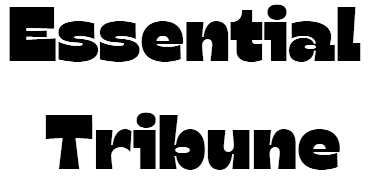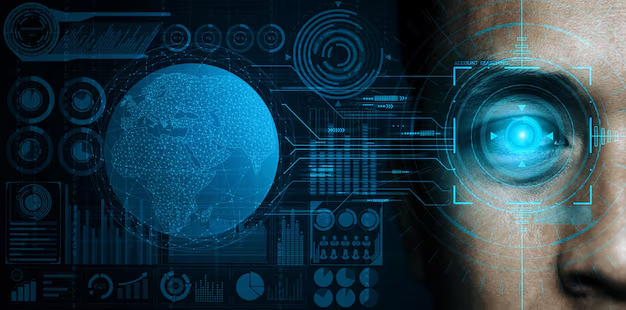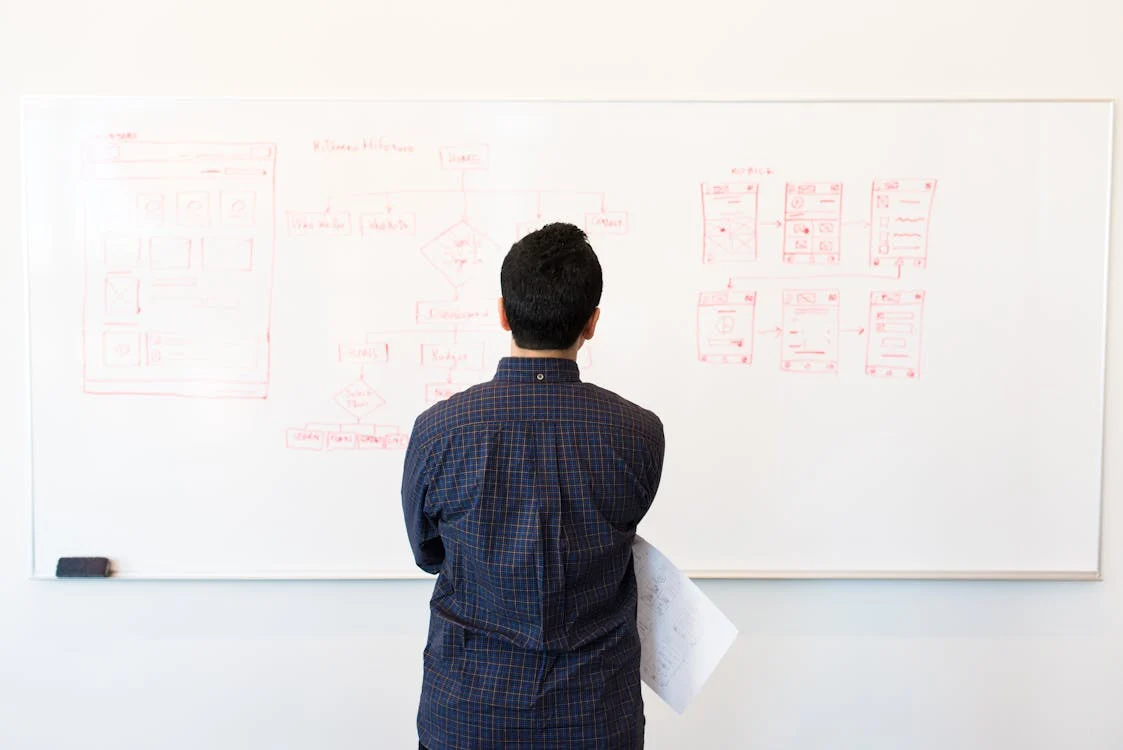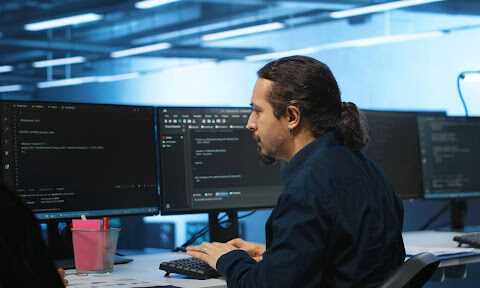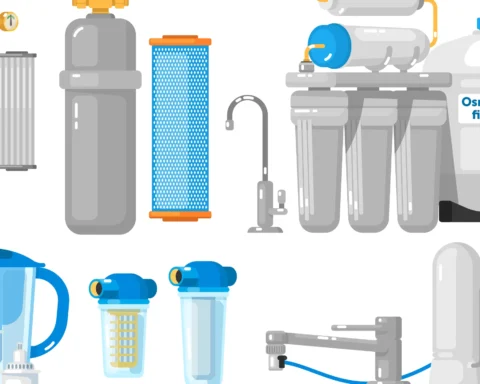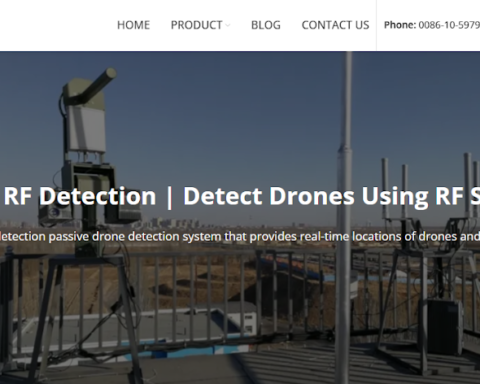Introduction to Visual Technology
Visual technology is transforming industries and daily life at an unprecedented pace. Machine vision and computer vision emerge as pivotal technologies within this dynamic field, each with unique roles and capabilities. While machine vision vs computer vision often overlap in terminology, they fundamentally differ in application and methodology. Machine vision is tailored for specific, repetitive tasks within controlled environments, such as assembly lines. In contrast, computer vision is a broader and more adaptive technology that seeks to emulate human visual cognitive processes. It involves data-driven algorithms capable of interpreting, learning, and responding to visual inputs, much like the human eyes and brain.
Core Differences Between Machine Vision and Computer Vision
Grasping the differences between these technologies is key to leveraging their potential. Machine vision operates primarily on a rule-based approach. It is programmed to perform specific tasks, making it ideal for environments where consistency and precision are vital. It uses predefined criteria to identify defects on production lines or sort products by type. Meanwhile, computer vision employs artificial intelligence to interpret complex visual data. Unlike machine vision, it can adapt and ‘learn’ over time, enhancing its ability to recognize patterns and make decisions. For instance, computer vision can identify a person’s face in various conditions, such as different lighting or facial expressions, essential for applications ranging from social media filters to security systems.
Applications of Machine Vision
Machine vision’s applications extend across numerous industries. In manufacturing, it is indispensable for automating quality control processes. Using high-resolution cameras and sensors, machine vision systems can detect defects in products with unmatched precision, reducing the need for manual inspections and minimizing human error. Moreover, advances in machine vision technologies are expanding its current boundaries. According to recent reports, machine vision is now used in agricultural sectors to sort produce based on color, ripeness, and quality, thus maximizing efficiency and yield. It’s also enhancing warehouse operations by aiding in inventory management and logistics.
Computer Vision in Everyday Life
Computer vision technology has permeated everyday life in many ways, often without us noticing. Its applications are vast, ranging from simple conveniences to critical health solutions. A typical example is smartphone facial recognition technology, which uses computer vision to recognize users and unlock devices seamlessly. Additionally, computer vision aids autonomous vehicles in identifying and reacting to their surroundings, enhancing road safety and efficiency. Its uses in healthcare are revolutionary; it helps diagnose diseases through advanced image analysis, offering precision and early detection that could save lives. Breakthroughs by tech giants continue to push the boundaries of what computer vision can achieve, transforming sectors like retail and sports analytics through enhanced pattern recognition and real-time data processing.
Technological Advancements Driving Change
The rapid progress in artificial intelligence and computational capabilities is the engine driving innovation in visual technology. Modern algorithms can process enormous amounts of data quickly and accurately, bringing machine and computer vision closer to human-like perception. Deep learning, a subset of machine learning, allows these systems to understand and analyze visual information more profoundly, leading to applications that were once relegated to science fiction. This includes recognizing gestures, translating languages on the fly, and even predicting behavioral patterns based on visual cues, thus opening new opportunities for integrating technology into human environments.
Industry Challenges and Considerations
The integration of visual technology is not without its challenges. Ensuring the accuracy of these systems while safeguarding user privacy remains a top priority for developers and users alike. Maintaining robust ethical standards is critical, as visual technologies heavily rely on personal and sensitive data. Additionally, biases in data sets used to train AI algorithms can lead to skewed results, raising ethical concerns about fairness and representation. As such, industries must navigate these challenges carefully by implementing comprehensive policies and constantly improving data methodologies to ensure unbiased, equitable outcomes.
The Impact on Industry Standards
Standardizing visual technology applications is essential to establish consistency and safety across industries. By setting industry-wide benchmarks, stakeholders ensure that products and services meet essential performance and safety requirements. This process is especially critical in industries where precision and reliability are necessary, such as automotive, healthcare, and aerospace. Furthermore, established standards foster innovation by providing a clear framework within which companies can develop new technologies while ensuring compatibility and interoperability across systems.
Future Predictions and Trends
Looking ahead, the evolution of visual technology heralds several exciting trends. Integrating augmented reality with machine and computer vision promises to create more immersive and interactive user experiences, which are set to revolutionize fields like education, real estate, and entertainment. Real-time processing enhancements will allow for more sophisticated applications, such as live translations and instant data overlays, providing timely insights and support across diverse scenarios. These trends, supported by ever-growing datasets and AI capabilities, suggest a future where visual technologies significantly enhance human abilities, making the impossible a reality.
Keep an eye for more latest news & updates on Essential Tribune!
